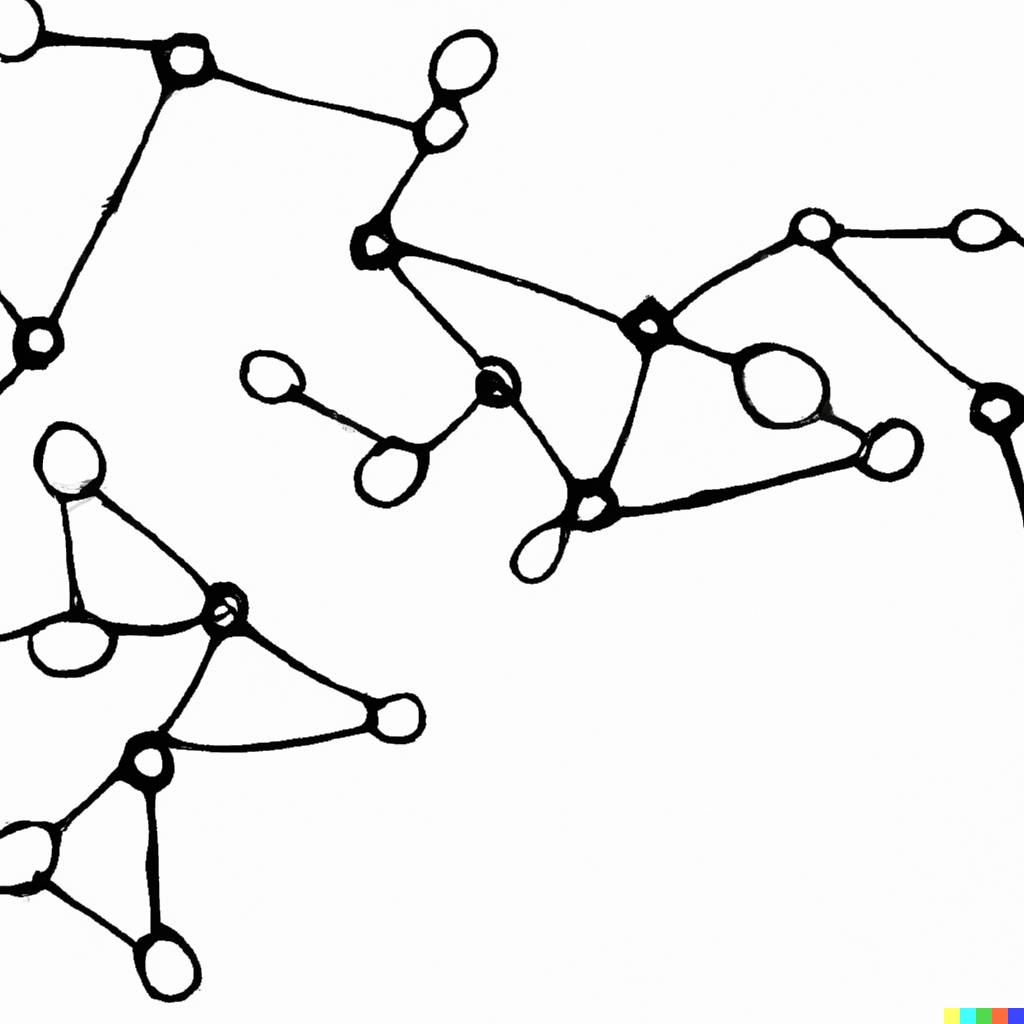
Numerous large-scale natural and engineering systems can be represented as assemblies of independent agents or subsystems that engage in interactions through physical connections, communication, or both. Examples of such systems include the coordinated flight of birds, the schooling behavior of fish, electric power grids, mobile robot teams, and sensor networks. The dynamic behavior of these network systems hinges on the attributes of the individual agents, the manner in which they are interconnected physically or through communication, and, notably, the overarching pattern of interactions among all agents.
This course is dedicated to the modelling, analysis, and design of the dynamics of multi-agent network systems. It is primarily tailored for graduate students who possess an interest in exploring dynamics within networks, as well as cooperative and distributed control algorithms.
This course is dedicated to the modelling, analysis, and design of the dynamics of multi-agent network systems. It is primarily tailored for graduate students who possess an interest in exploring dynamics within networks, as well as cooperative and distributed control algorithms.
- Docente: Giacomo Baggio
